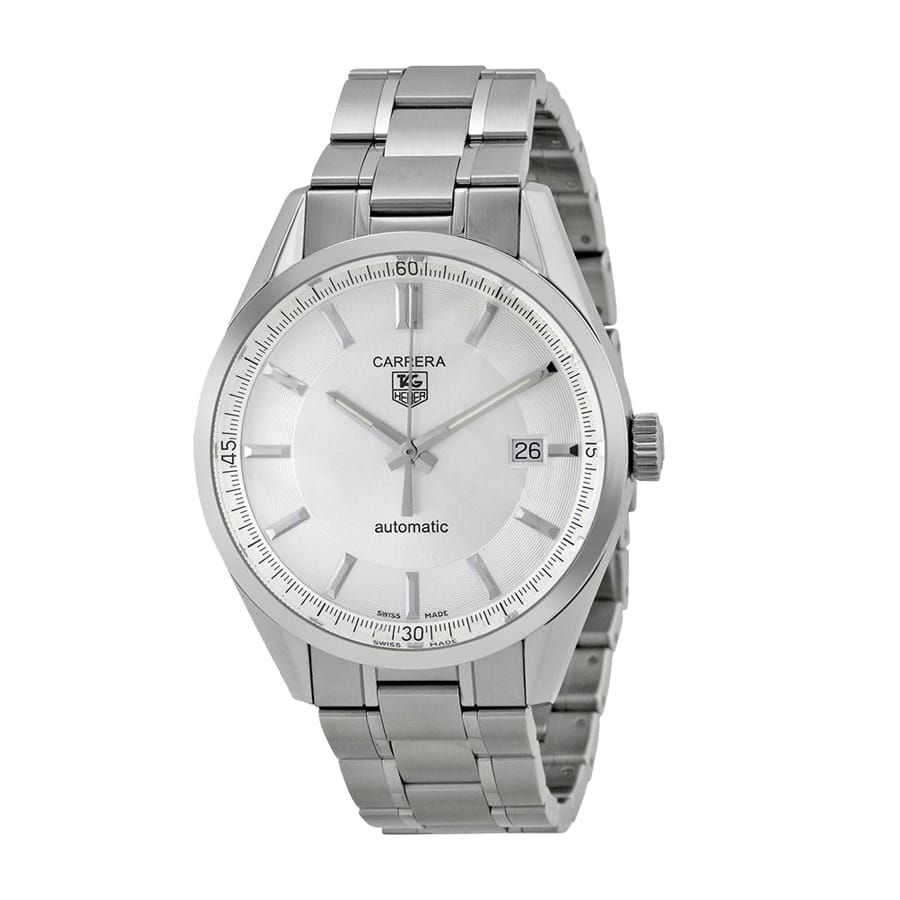
So when you look at TAG Heuer’s history, it’s clear that the company is passionate about innovation. But innovation is not always a good thing just for the sake of innovation.
Take, for example, the TAG Heuer dive watch launched in 1978. It was clear that they were trying to capitalize on a market created by Rolex. They are almost identical one-to-one. Replica TAG Heuer produces watches that are similar to other brands but are cheaper, so you need to shell out less money.
Get the luxury look at a lower price with these watch alternatives!
So while we’re big fans of affordable alternatives, this could also have a devastating effect on a brand because consumers are looking at both watches and just saying, “Am I buying a cheaper copycat?”
Another problem for TAG Heuer today may have started with their Formula 1 watches in the 1980s, i.e., their attempt to be everything to everyone. After all, sticking up for every part of the market doesn’t necessarily mean you’ll excel in every part of the market. It’s like casting an extra wide net and trying to catch the best fish, rather than casting a very small net and focusing on the fish you want to catch; just like Rolex has a very small line of fake watches, which Rolex dress watch enthusiasts really like.
So, TAG Heuer has a long and famous history of timepieces and makes really good chronographs. So the argument can be made: “Why don’t they focus on that? Or does the world need another luxury brand to make another plastic watch?”
Ultimately, this “jack-of-all-trades” attitude puts TAG Heuer in a position of being a “jack-of-all-trades and master-of-none.” Customers expect a brand to be consistent in what it offers you.
Look at Apple, for example. They have been consistent with their core audience over the years. Tag Heuer has become a bit forgettable because they are unsure who they want to be.
